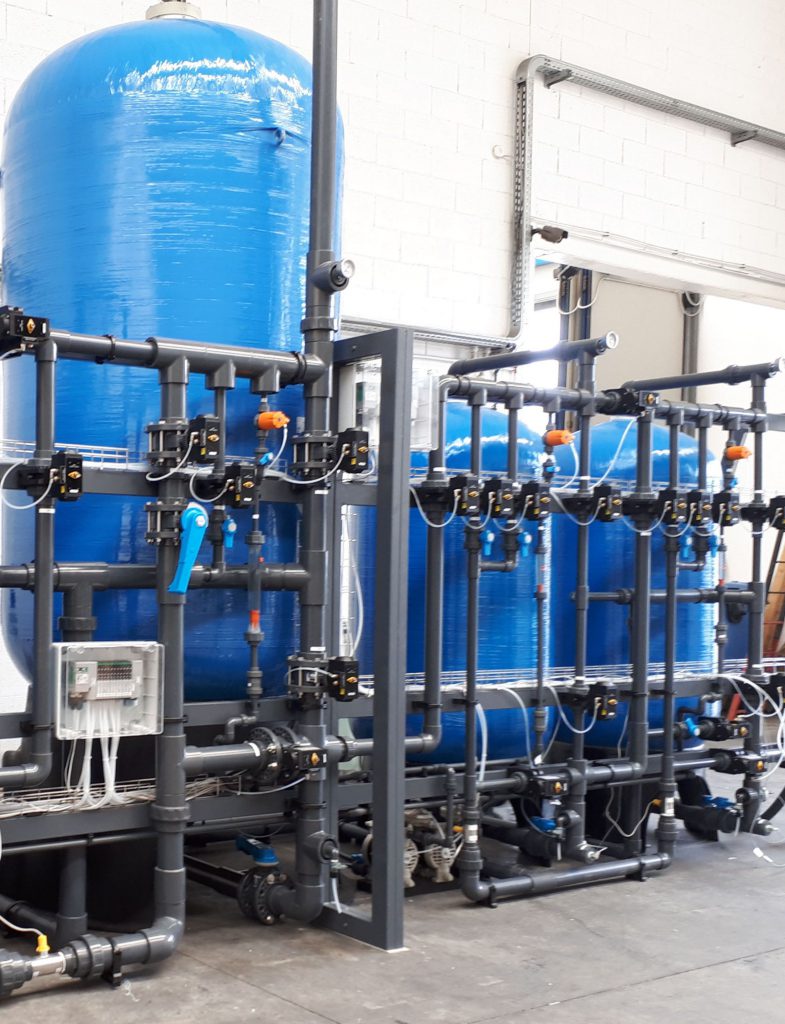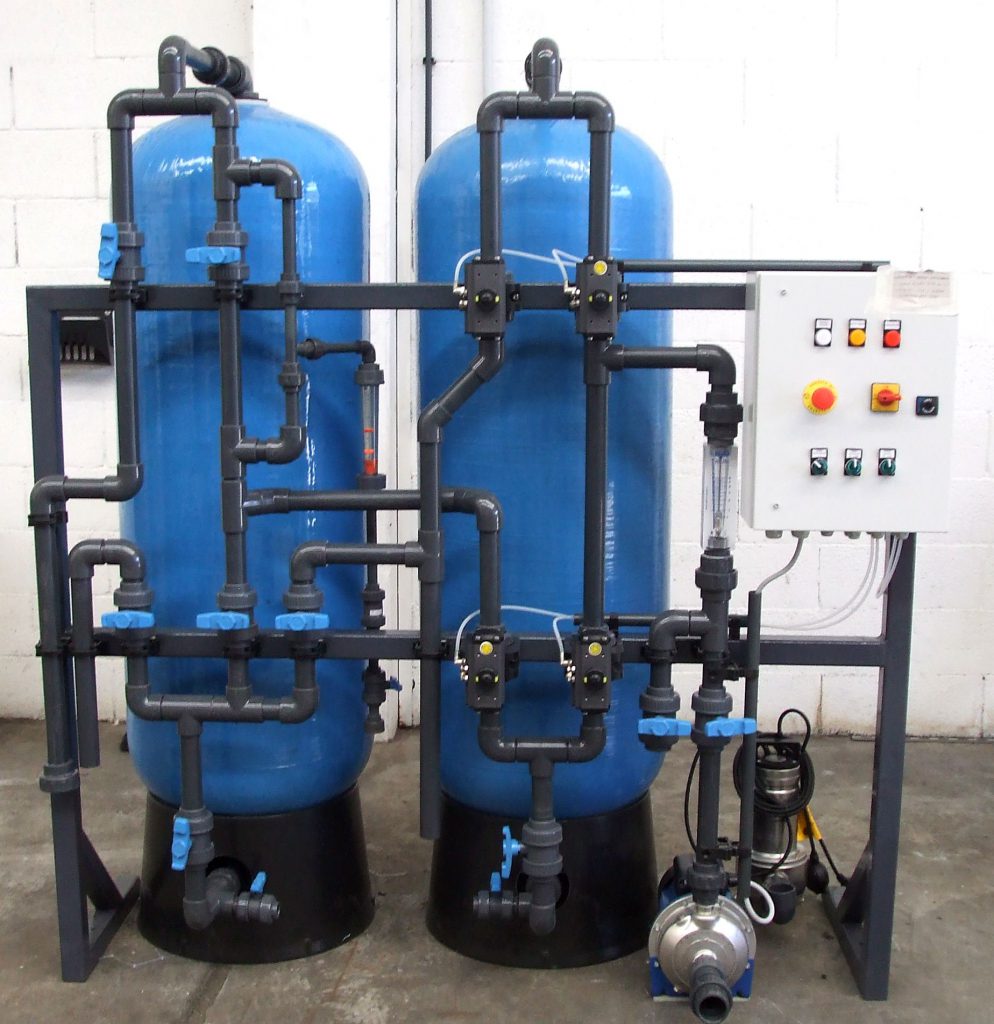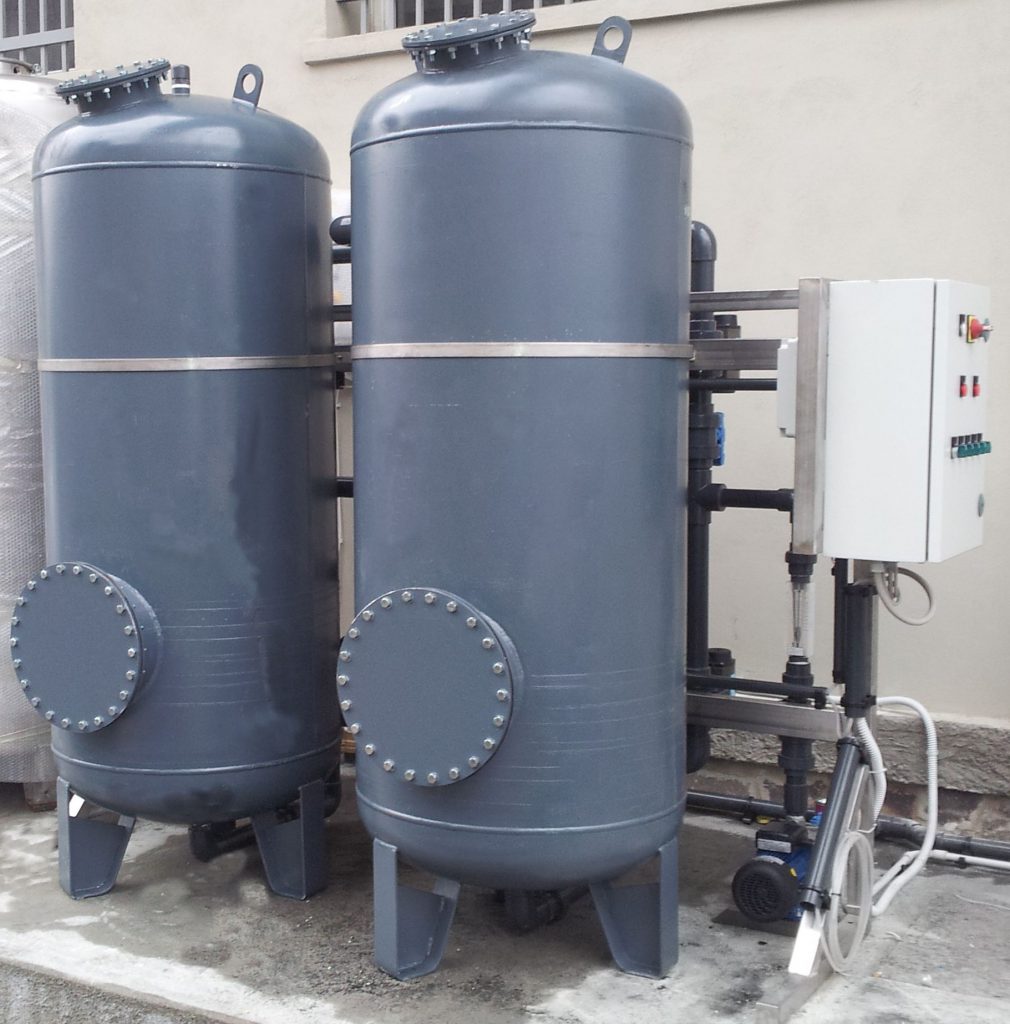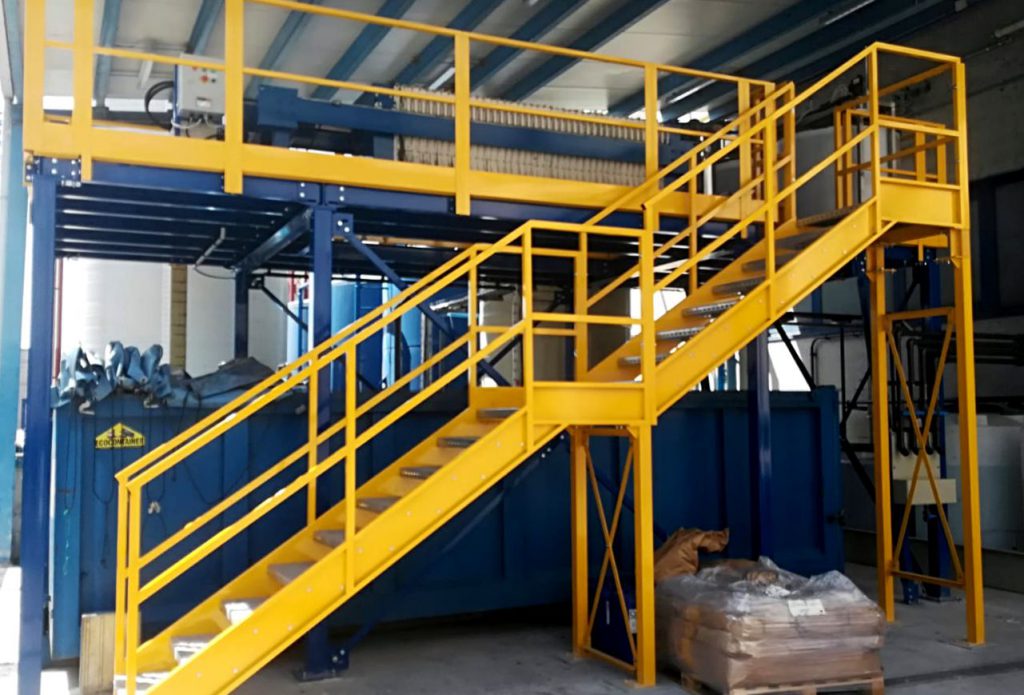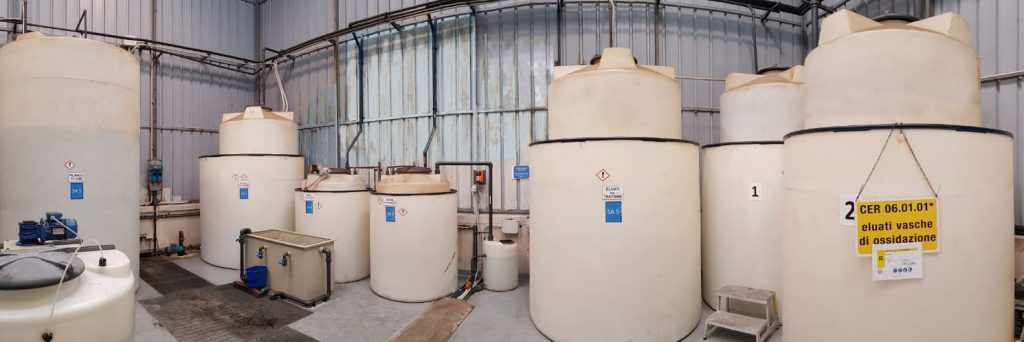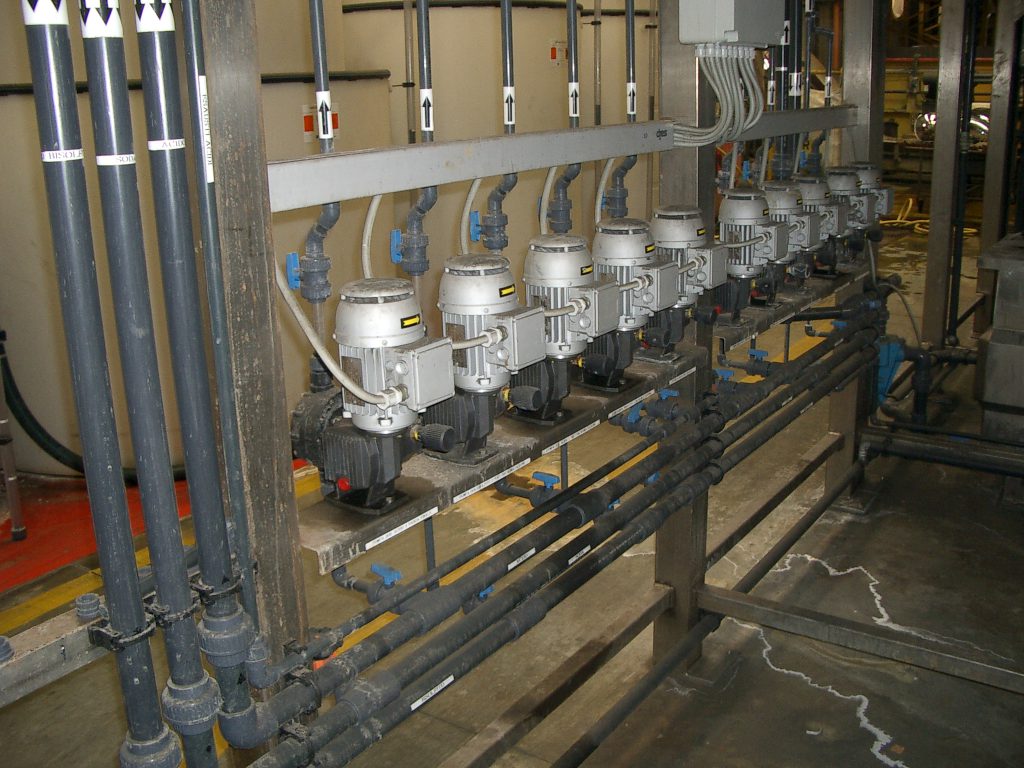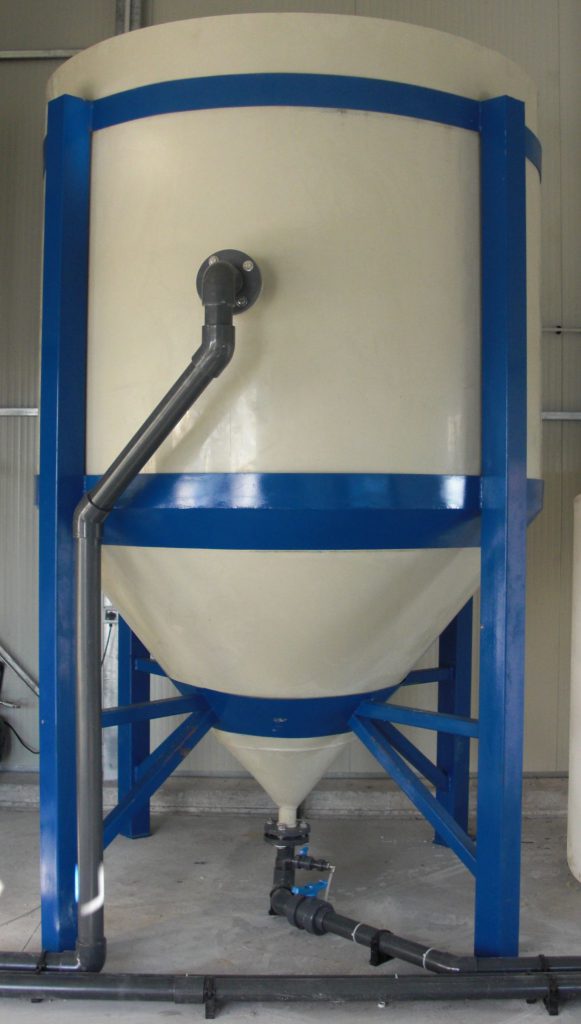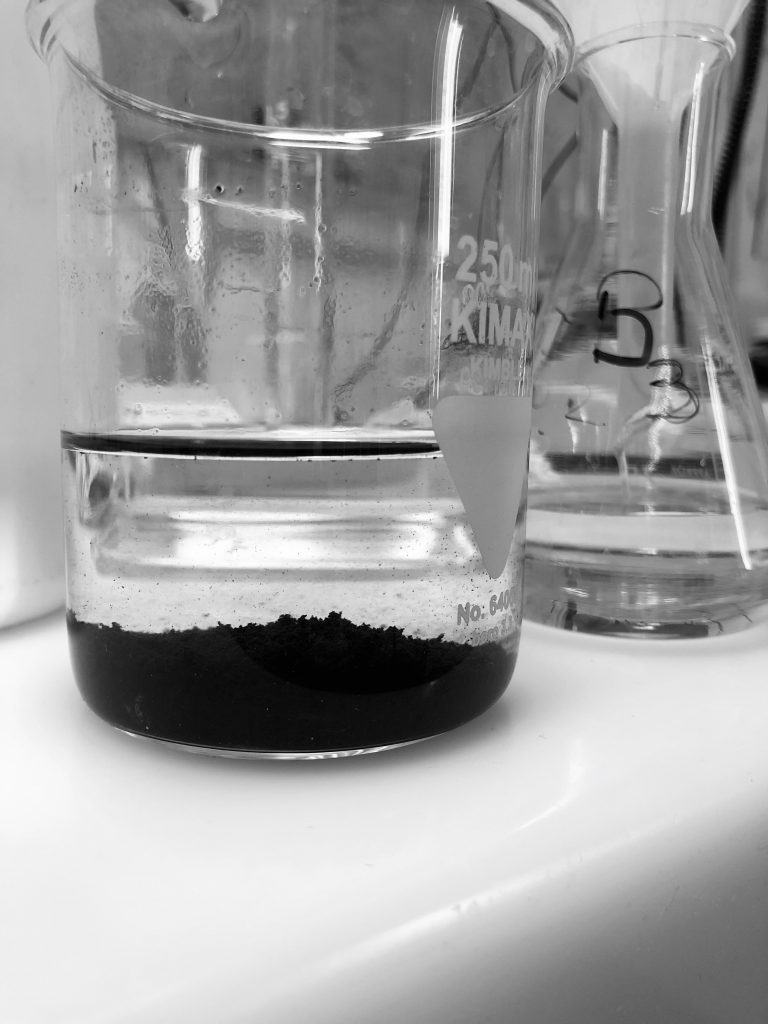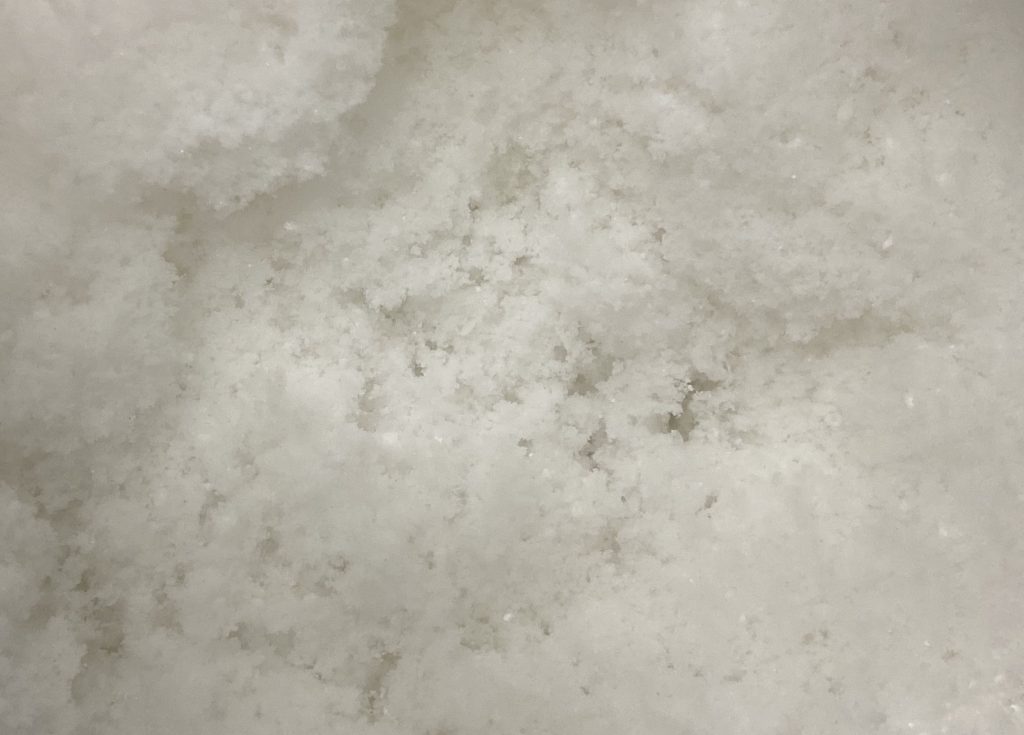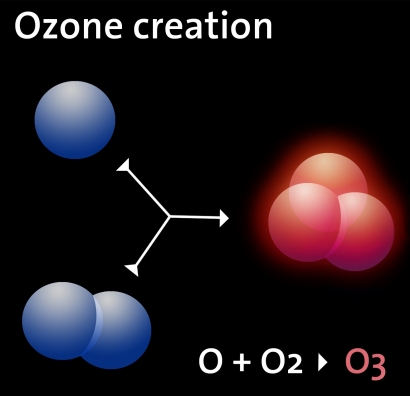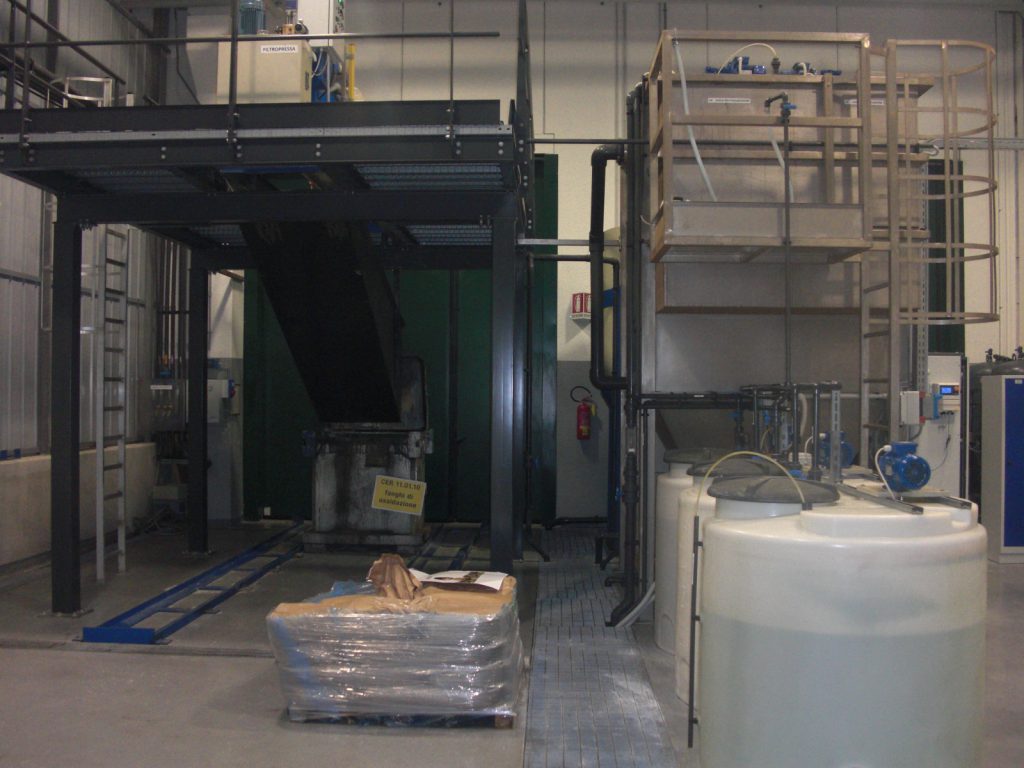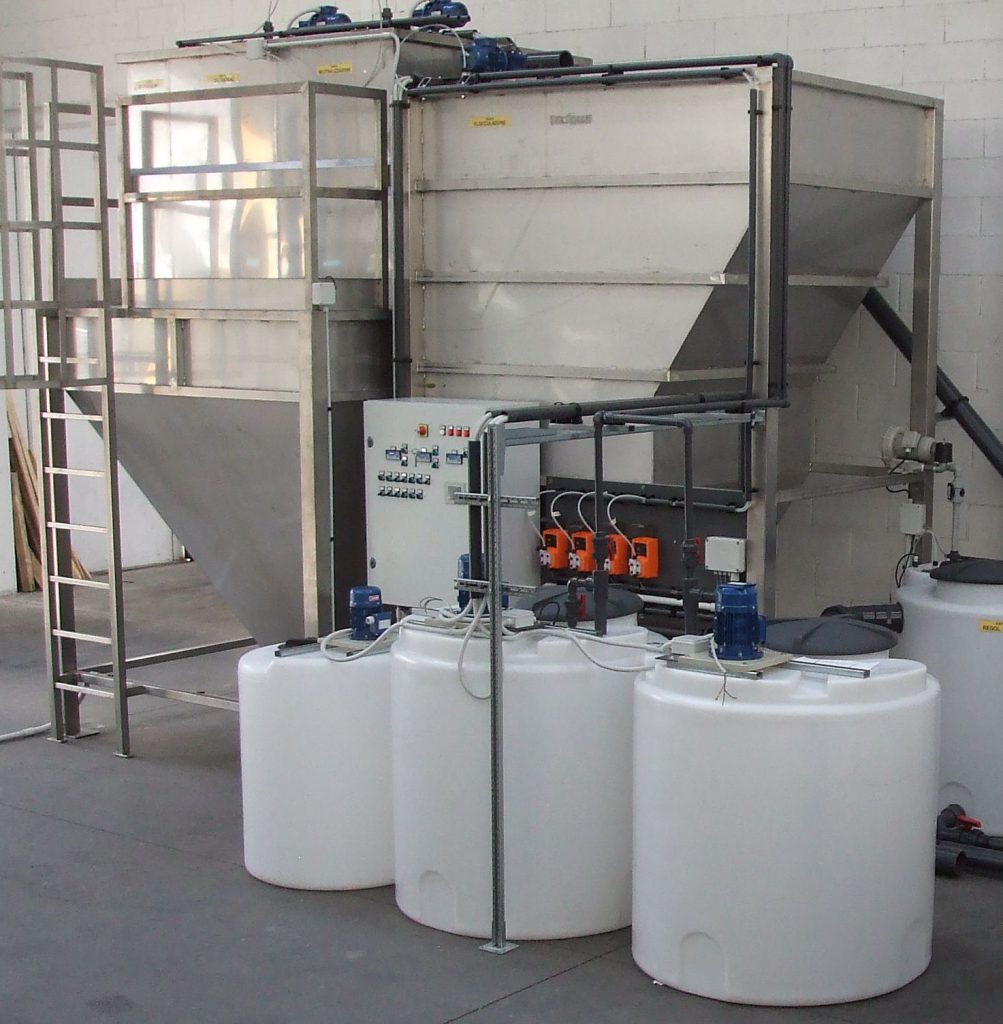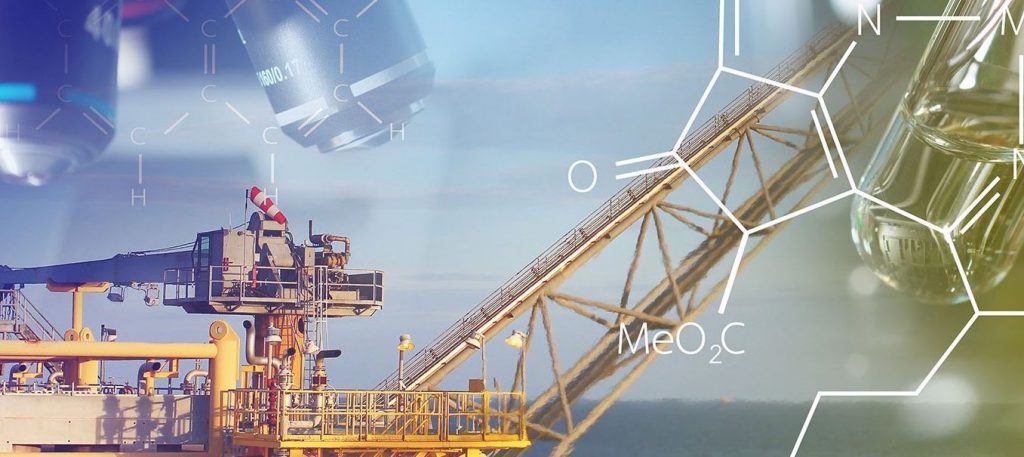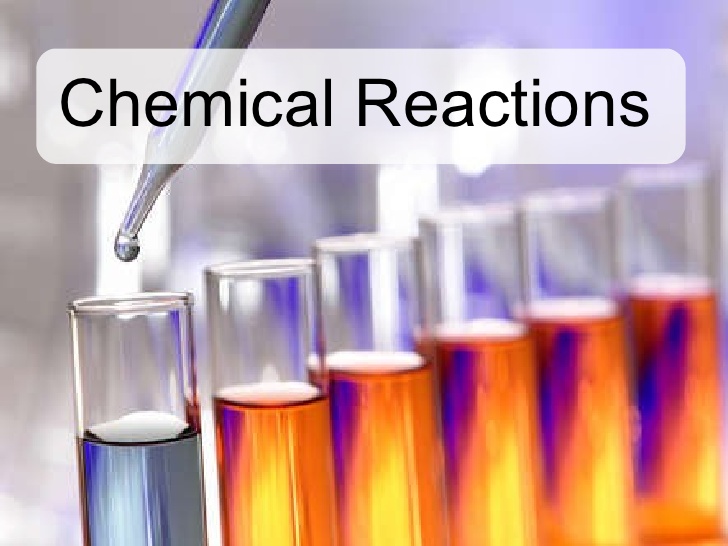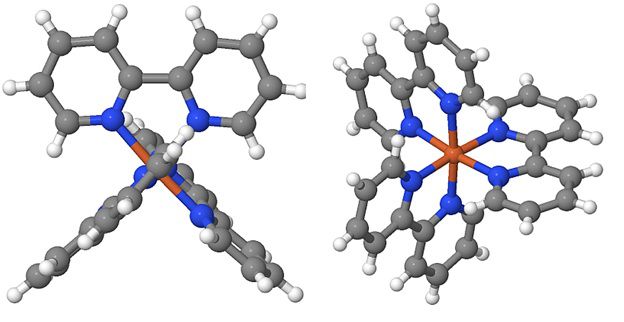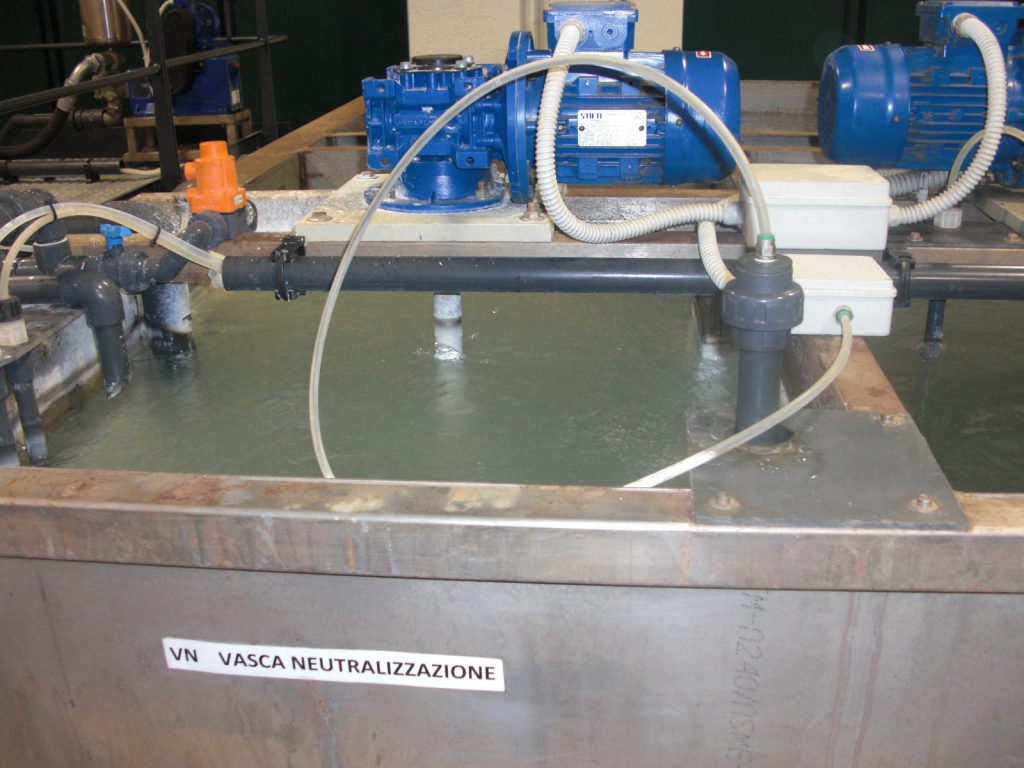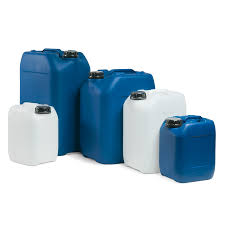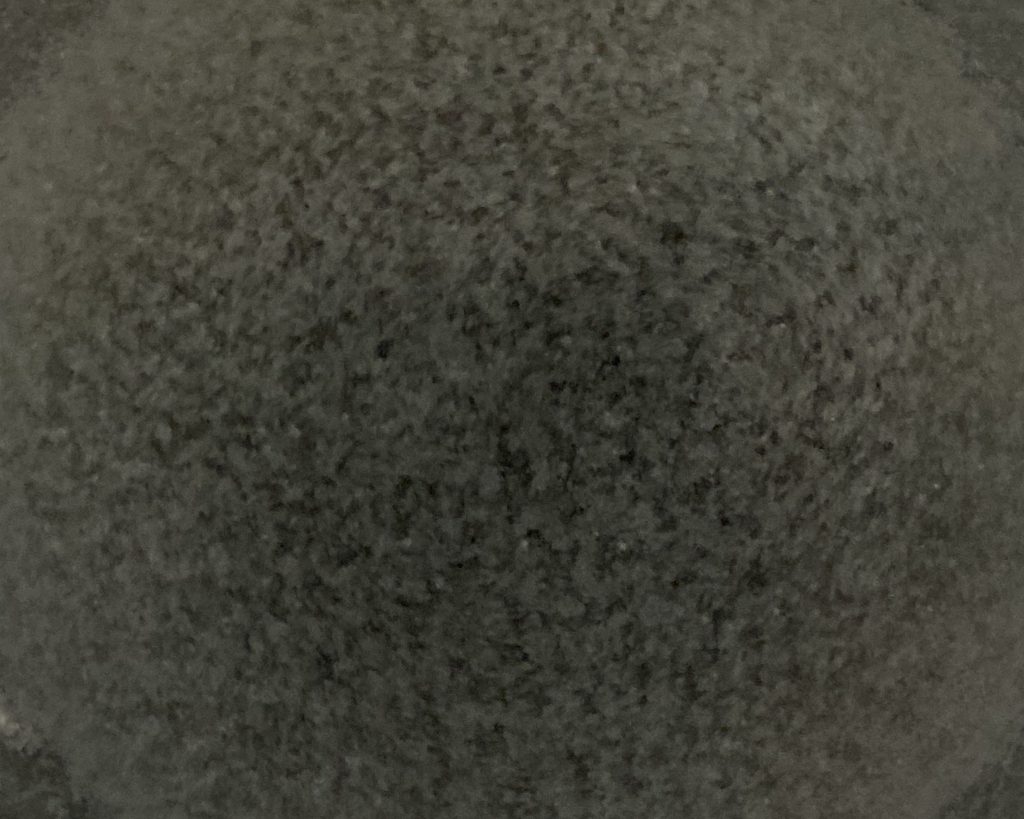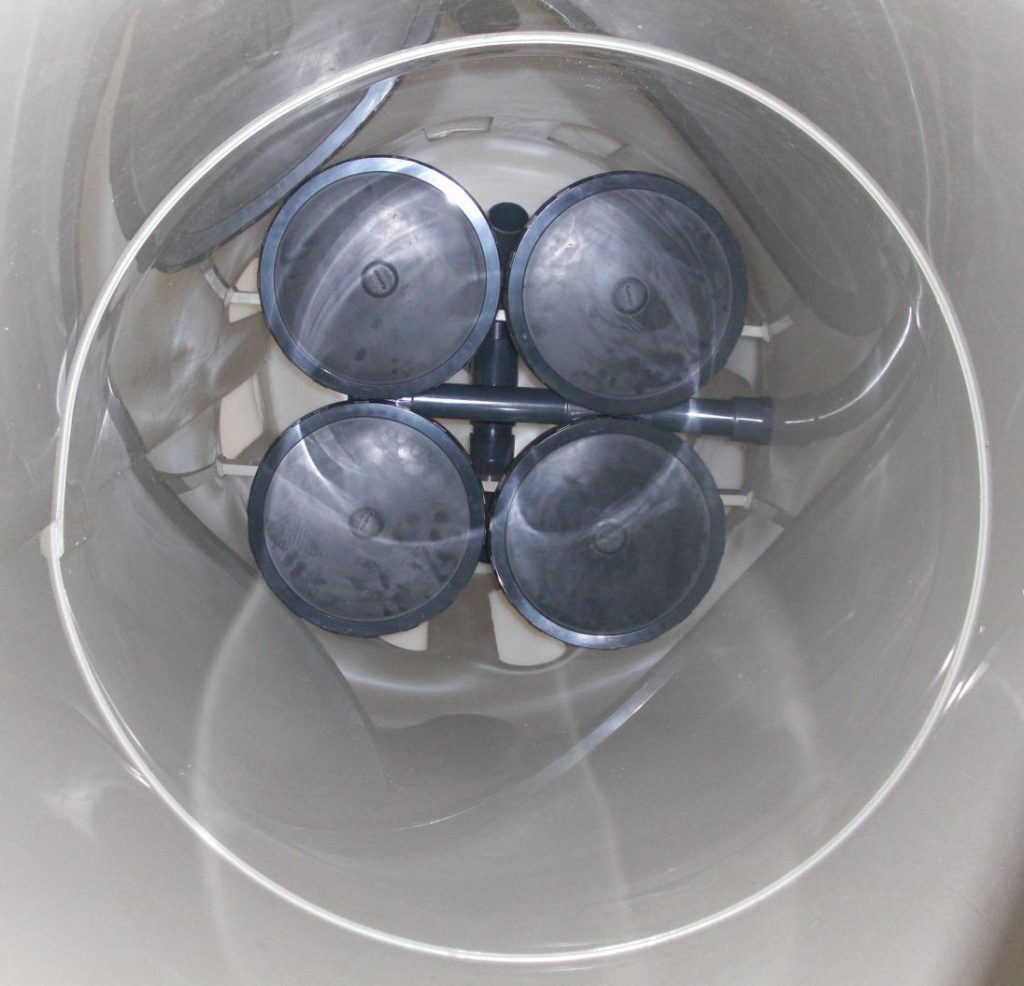Some production processes produce wastewater with a type of pollution that is difficult to flocculate and with high and complex organic and inorganic loads.
The flotation of the wastewater at the beginning in a physical-chemical plant or used as an alternative, are a technical solution that has to be carefully evaluated.
The application of a flotation system before a chemical-physical wastewater treatment plant leads to economic advantages, this because it achieves a COD abatement and the elimination of a series of both suspended and solid pollutants and allows to design a chemical-physical plant with a limited series of chemical reactions and a lightening of the consumption of chemical reagents necessary for water purification.
The flotation process uses the expansion of the pressurized air mixed together with the wastewater to be treated, in this way the micro-flakes present bind to the air and are brought to the surface.
A surface skimmer will remove the foamed sludge ready for dehydration.
The flotation of the water is facilitated by the use of ionic charge polymers opposed to the pollutants to be floated, these by electrochemical reaction and saturation of the micro bubbles with a diameter of 50 – 60 microns bind to the sludge and rise to the surface thanks to a specific weight of 0.4 – 0.6.

